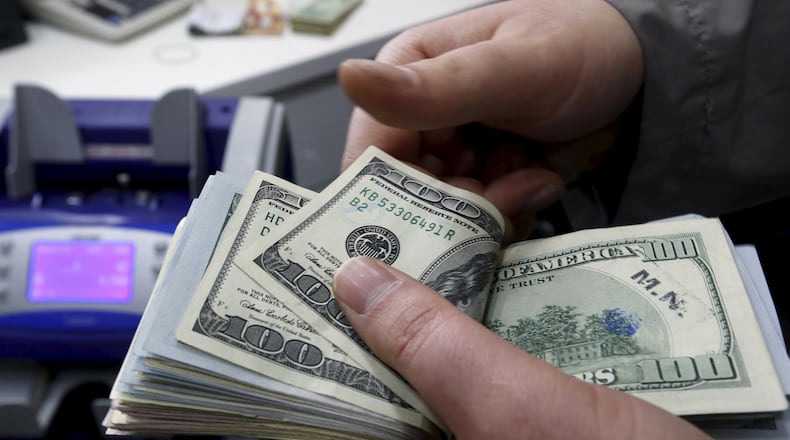Repealing Obamacare has proved to be a more difficult task than Republicans imagined. So difficult, in fact, that the latest "Obamacare repeal" bill doesn't actually repeal Obamacare. It cements much of the law in place, in ways Democrats might appreciate if they weren't busy peddling fictions about the wonders and feasibility of single-payer health care.
How did our health-care politics become so jumbled, that everything from a clean repeal of Obamacare to single-payer has been proposed in the Senate in the past few months alone?
The biggest problem with centralized decision-making has to do with information. How does one person, or one bureaucracy, or any group of people, possibly know what would be best for 320 million Americans living incredibly varied lives? This is something of an abstract concept, but here’s a more concrete illustration.
For the past 16 years, Gallup has asked Americans various questions about health insurance every November — that is, during the open-enrollment period for health insurance, when costs are right in front of us. And for 16 years, there's been an interesting dichotomy. (Note: The link above includes more poll questions than the ones I mention here.)
On one hand, Americans consistently and overwhelmingly say they are “dissatisfied with the total cost of health care in this country.” On average since 2001, 77 percent of those Gallup surveyed expressed dissatisfaction, vs. an average of 22 percent who said they were satisfied. The highest level of satisfaction (28 percent) and lowest level of dissatisfaction (71 percent) came in 2001; last year, it was 19 percent and 80 percent, respectively.
Sounds like an outcry for action, huh? Yes, until one reads what people have to say about their own lives.
When Gallup asked the very same people if they were satisfied with the total cost they pay for their own health care — making the question personal rather than national — they painted a totally different picture. The 16-year averages were 58 percent satisfied and 39 percent dissatisfied. Our satisfaction with our health-care costs during those years never sunk below 54 percent, and our dissatisfaction never surpassed 42 percent. It was 56-42 last year.
In other words, what we think we know about the situation for others is in stark contrast to what we see in our own lives. Could/should health costs be lower? Sure. But does an average rate of 58 percent satisfied and 39 percent dissatisfied signal a “national emergency” of the kind Obamacare proposed to solve? Not at all. (The annual average from 2001 to 2008, i.e. before Congress began debating Obamacare, was the same as the 16-year average.)
One thing those results tell us is we are easily swayed when it comes to such matters. Tell a lie often enough, as Democrats did about Obamacare in 2009-10 and are now repeating about single-payer, and people will start to believe it in spite of what they see right in front of them.
That’s how millions of insured Americans had their coverage disrupted by a measure sold as helping the uninsured, the only group to express dissatisfaction with our health-care system (approval among those with insurance, no matter how it’s paid for, is above 60 percent).
And that’s how single-payer, a measure pitched as helping those who still don’t have insurance, will become an expensive and mostly unwanted mess dumped on all of us.
About the Author


